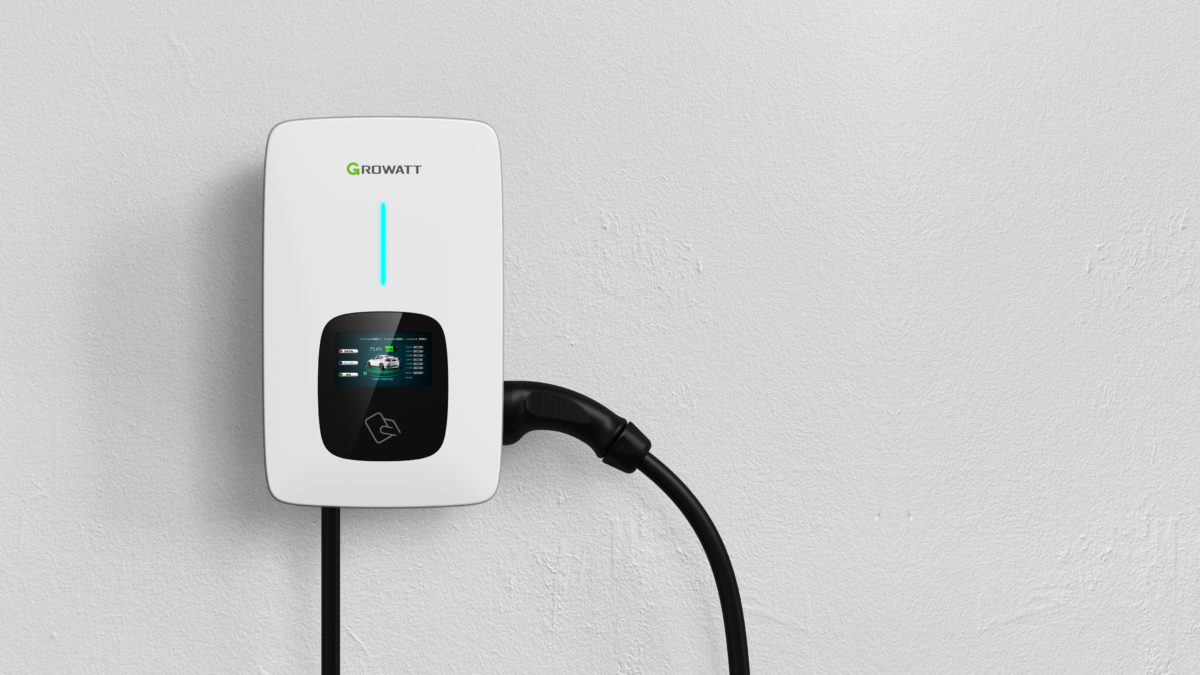The enormous scale of the challenge presented by climate change can often leave individual citizens and families feeling helpless. The problem is too big and governments, international bodies, and corporations may appear too slow in taking
meaningful action. However, there is a development currently underway that can empower homeowners and can make each home an agent for change in the fight against catastrophic climate change: residential electrification. And there is a growing awareness of how electrification can result in a new era for smart, clean technology, and the solar business.
Saul Griffith is a big thinker who is championing the opportunity presented by electrification. The Silicon Valley-based scientist, entrepreneur, and analyst argues that by electrifying the energy-consuming devices in the home, and powering them
with a large rooftop solar installation buffered with batteries, the contribution they
can make is significant.
Griffith notes that electrifying and decarbonizing homes will result in a major contribution to reducing carbon emissions. He says that “50% of the world lives in cities – around half of those people are still living in suburbs with big roofs and standalone homes.”
Power of electrification
As to the devices, or “machines” in Griffith’s parlance, to be electrified, he targets key domestic spaces: the living room, the garage, and the kitchen. As such, the things to be electrified that, when combined, result in a dramatic reduction in carbon emissions are the car, the space heating, and the cooktop. These can be switched from petrol or gas to an electric vehicle, a reverse-cycle air-conditioning (otherwise known as a heat pump), and an induction cooktop – all powered by a big rooftop PV system and residential battery energy storage system (BESS). “The enormous utility for me [of this
approach] is that by completely demystifying the task from here through to 2030, 2040 or 2050, politicians and people think about things in their kitchen, on their roof and in their garage, that they don’t think about the commercial sector,” explains Griffith.

And with massive strides that have occurred in reducing the cost of solar and soon BESS and EVs, the electrification of the home is making sense for householders. Griffith, and the bodies he leads in his endeavor Rewiring America and Rewiring Australia, has concluded that by 2030 the average Australian household, for example, would save AUD 6,000 ($4,500)a year on energy by adopting electric devices and powering them with rooftop solar.
These numbers were crunched in 2021, and with the current energy market turmoil currently being experienced right around the world, these economic outcomes are likely to only be improving.
Opportunities for solar
While the technologies currently exist to carry out household electrification, making
them available to consumers in an easy, reliable, and affordable way presents a challenge. However, it also presents an enormous opportunity to the solar industry – which has been working in the homes of an increasing number of people right around the world for the past decade or more.
The products that need to be delivered go beyond the “dumb” solar and power electronics devices that were developed to supply the previous era of feed-in tariff driven solar industry. Instead, integrated solutions need to be provided to the homeowner, that allow for the solar energy produced on the roof to be supplied to devices – such as an EV charger, or heatpump – in an intelligent and optimized way.
Both the energy production, storage, and demand devices must communicate with each other to ensure that the energy produced by the solar array is used inside the home, rather than delivered to the grid, and that the system operates optimally from a cost and reliability perspective. To do this communication protocols between the devices must be made compatible, and sophisticated monitoring, forecasting, and energy management capabilities incorporated into the system.
Encouragingly, leading providers to the solar industry are developing these solutions, adopting Internet of Things principles and intelligent digital communication and automation technologies. Growatt is leading the charge in home electrification, and with its established sales partnerships in the top residential solar marketplaces is ideally placed to supply homeowners with the tools they need to electrify and decarbonize their homes in an affordable and reliable way.
The next step is for solar installers to develop the sophistication to sell and deliver these solutions to homes right around the world – and Growatt, through its local officers and partners, stands ready to partner with the industry to make it happen. “I think it’s going to make the energy transition less scary to people,” says Saul Griffith. “It gives them a substitution model for how they can replace the things that give them the quality of life that they want. Those things will be even better by being clean and electric. I think that is powerful. By doing that, we can reshape the conversation.”
This content is protected by copyright and may not be reused. If you want to cooperate with us and would like to reuse some of our content, please contact: editors@pv-magazine.com.

